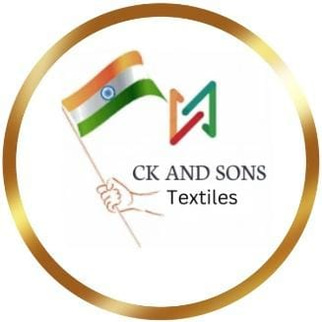
Natural vs. Synthetic: Unraveling the Cordage and Twine
The cordage and twine market, a seemingly simple sector, is woven with complexity when you consider the diverse materials and applications involved. This article delves into the two primary material types that dominate this market: natural fibers and synthetic fibers, exploring their unique characteristics, applications, and the forces driving their respective growth.
Natural Fibers: The Sustainable Choice
For centuries, natural fibers have been the backbone of cordage and twine production. Derived from plant-based sources like jute, hemp, cotton, and sisal, these materials offer a compelling blend of sustainability and practicality. Their biodegradability makes them an environmentally conscious choice, aligning perfectly with the growing consumer demand for eco-friendly products.
Key Natural Fibers:
Jute: Known for its strength and affordability, jute is widely used in agriculture, packaging, and crafts.
Hemp: A strong and versatile fiber with applications ranging from rope and textiles to industrial uses.
Cotton: Softer than other natural fibers, cotton is often used in household twine and craft projects.
Sisal: Valued for its durability and resistance to degradation, sisal finds use in agriculture, marine applications, and decorative items.
Drivers for Growth: The natural fiber segment is experiencing a resurgence driven by:
Sustainability: Growing awareness of environmental issues and the desire to reduce plastic consumption.
Biodegradability: The ability of natural fibers to decompose naturally, minimizing environmental impact.
Renewable Resources: Natural fibers are sourced from plants, making them a renewable resource.
Durability and Strength: Many natural fibers offer impressive strength and longevity, making them suitable for various applications.
Synthetic Fibers: Strength and Performance
In contrast to natural fibers, synthetic fibers are man-made materials designed for specific performance characteristics. Nylon, polypropylene, and polyester are the dominant players in this segment, offering superior strength, resistance to weather and moisture, and enhanced longevity.
Key Synthetic Fibers:
Nylon: Known for its high tensile strength and elasticity, nylon is used in ropes, fishing lines, and industrial applications.
Polypropylene: Lightweight and water-resistant, polypropylene is commonly used in marine ropes, packaging, and construction.
Polyester: Durable and resistant to UV degradation, polyester is found in ropes, webbing, and various industrial applications.
Drivers for Growth: The synthetic fiber segment is fueled by:
Performance: The need for high-strength, durable, and reliable cordage and twine in demanding applications.
Longevity: Synthetic fibers offer extended lifespan compared to natural fibers, reducing the need for frequent replacements.
Cost-Effectiveness: In certain applications, the longer lifespan of synthetic fibers can offset the initial cost.
Technological Advancements: Ongoing research and development are leading to lighter, stronger, and more versatile synthetic fibers.
The Future of Cordage and Twine:
Both natural and synthetic fibers play crucial roles in the cordage and twine market. While natural fibers appeal to environmentally conscious consumers and find applications in crafts, agriculture, and household use, synthetic fibers dominate heavy-duty applications like shipping, fishing, and construction.
The future of this market will likely see continued growth in both segments. The increasing focus on sustainability will further boost the demand for natural fibers. Simultaneously, advancements in synthetic fiber technology will drive innovation and expand the applications of these materials in various industries. Ultimately, the choice between natural and synthetic will depend on the specific needs of the application, balancing factors like cost, performance, durability, and environmental impact.
